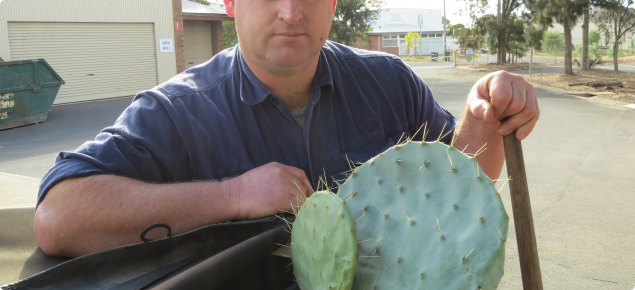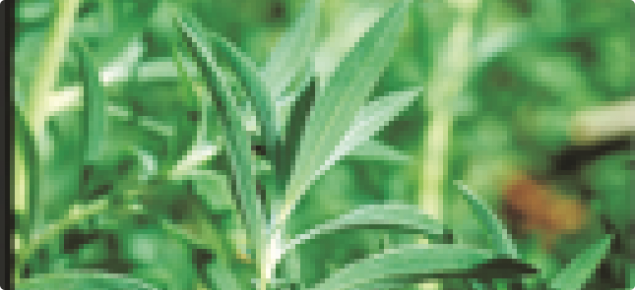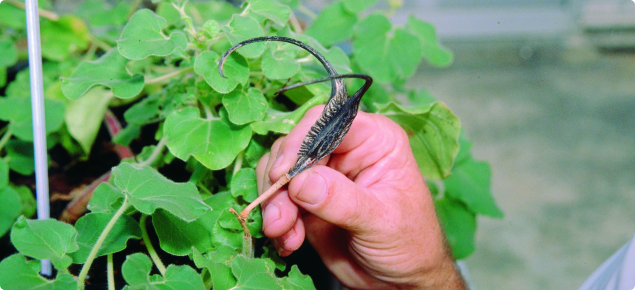Q: What governance processes does the (sub) project operate under?
A: The Agricultural weed surveillance project is one of 11 sub-projects in the Royalties for Regions funded Boosting Biosecurity Defences Project (BBD). The BBD project has a Steering Committee, which reports through to the DAFWA Executive and the Department of Regional Development as well as an external reference group (Biosecurity Committee). The Steering Committee is chaired by the Executive Director of Biosecurity and Regulation who is accountable for the delivery of the project outcomes. The Committee provides advice to the Sponsor and BBD project manager and ensures that the project scope is appropriate, the project is feasible, it has sufficient resources, and business plans and outcomes are delivered as specified in the Memorandum of Understanding.
The Agricultural weed surveillance project has several advisory groups:
- The Declared Plant Reference Group: made up of industry members, and representatives from biosecurity groups, Department of Parks and Wildlife and the Department of Agriculture and Food (DAFWA). This group provides advice to the project to ensure that it is heading in the right direction. The group has already assisted the project to decide which types of systems, tools and applications will be developed.
- Weed Surveillance Technical Working Group: made up of weed scientists and extension specialists in DAFWA. This group provides technical advice on weeds and on extension of material to the public.
Q: How were weeds selected to be surveillance targets?
A: The process used to select target weeds can be found in the document “Declared plant selection process” on the Agricultural weed surveillance project: Royalties for Regions page. The selection criteria were that the weed should:
- be a declared pest under the Biosecurity and Agriculture Management Act 2007
- have impacts agricultural production or farming systems
- be able to survive in the South West Land Division of the state (i.e. the agricultural regions)
- be able to be identified by the general public.
In total 20 declared plants will be part of the project. DAFWA’s Weed Surveillance Technical Working Group selected 15 of these weeds.
Q: Why were stakeholders only able to select five surveillance targets?
A: From the perspective of the State’s biosecurity the greatest economic benefit is in finding declared plants and new incursions of threatening species before they have a chance to spread throughout the State. High priority declared plants are those that are thought to be absent from WA or have a small number of localised populations.
As these weeds are at low numbers or thought to be absent from the state, they are unlikely to be familiar to most stakeholders. Because of this, the Weed Surveillance Technical Group selected these high priority declared plants.
The scope for this project is to concentrate on high priority surveillance targets, therefore more of them were selected as surveillance targets.
Q: Will surveillance and reporting applications be extended to declared plants not selected as part of the project?
Declared plants neither selected nor eligible for selection as a surveillance target will have some surveillance reporting and monitoring tools and applications extended to them.
However, these weeds will not have extra extension or training material developed for them.
Q: What will happen to WeedWatcher on the DAFWA website?
A: The WeedWatcher surveillance application is not considered accessible under national accessibility requirements, and is not being used for surveillance purposes by this project. However, it will be updated and transformed to include the ability to report declared plants as part of the Agricultural weed surveillance project.
Q: Will weed identification training be provided?
A: Development of Weed identification training was identified by the Declared Plant Reference Group as a high priority activity.
Weed identification training will be provided as an online course. This course will be able to be downloaded by interested community or biosecurity groups. This will enable interested groups to conduct their own weed identification training.



